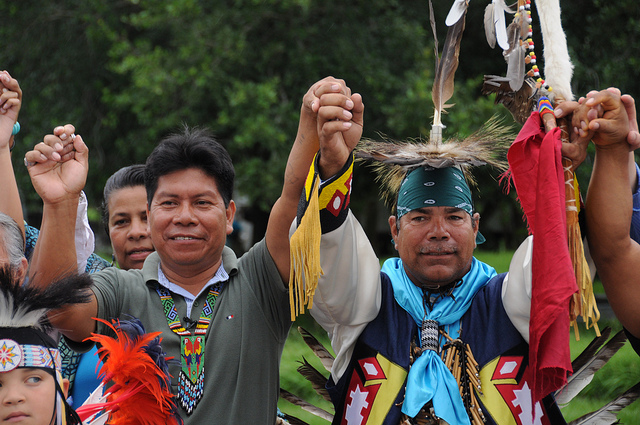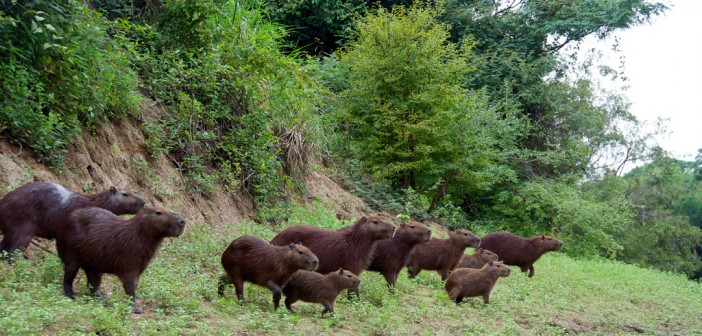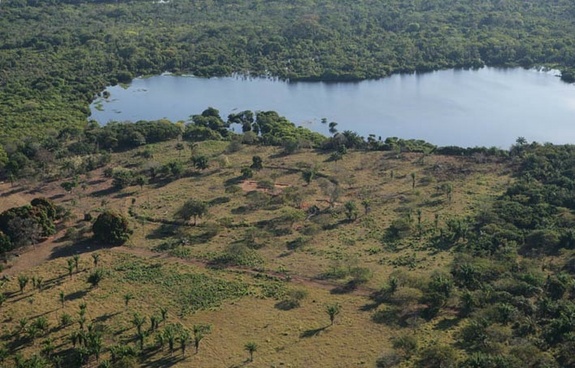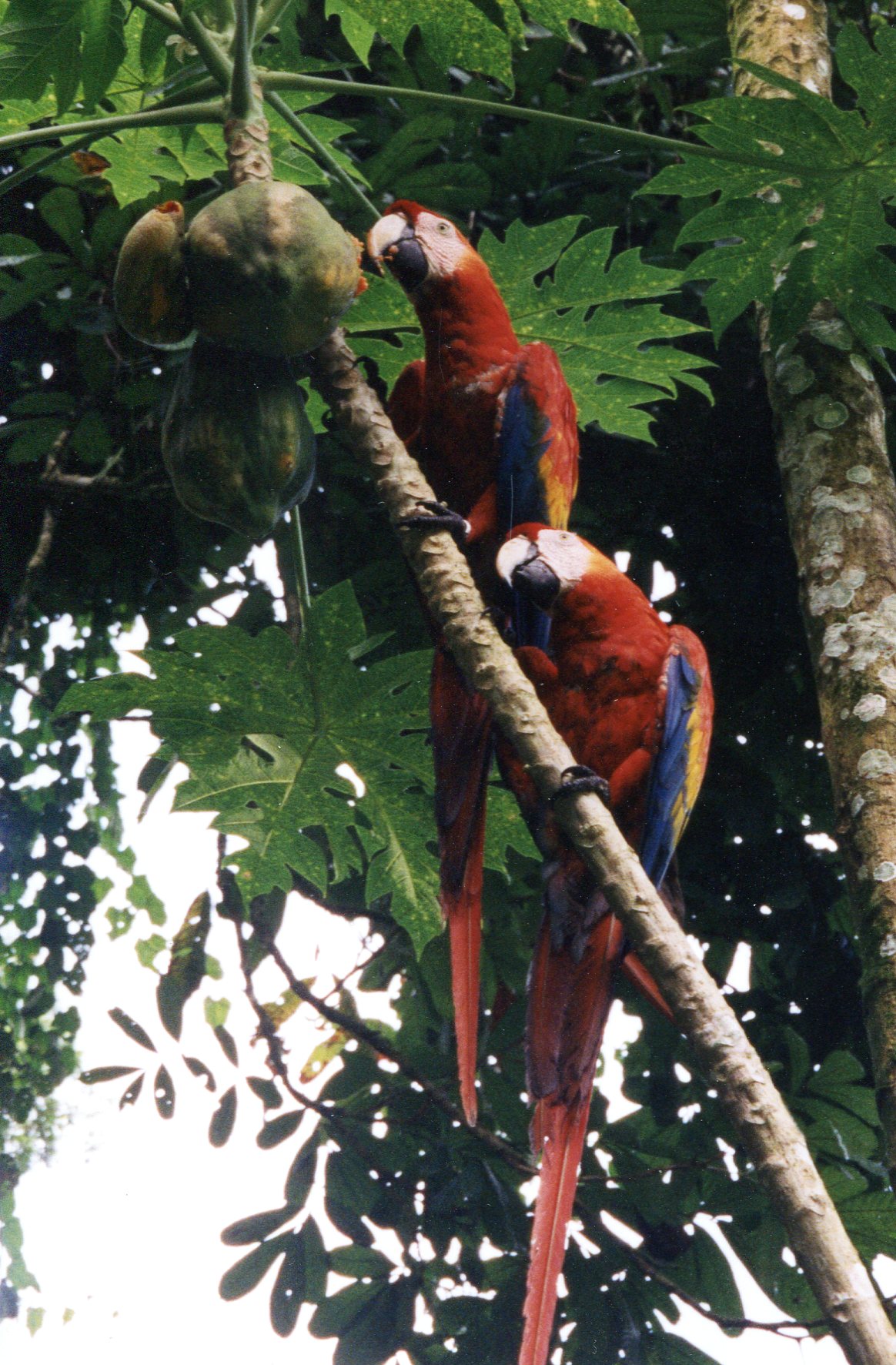(a version of this story was previously published on Neon Observatory, as part of the series “10 Civilizations That Will Change Your View of History”)
For many, the Amazon Rainforest is the supreme symbol of the natural world and its riches. The planet’s largest rainforest, it is home to a tenth of all living species on Earth, and responsible for much of the world’s total oxygen production. Environmentalists often point to the Amazon’s rapid deforestation to typify the war between humans and nature. It would therefore be supremely ironic if the Amazon Rainforest turned out to have been created by humans in the first place!
Difficult though it is to believe, this may in fact have been the case. Though it has been long thought that the Amazon was sparsely populated prior to European invasion, by indigenous hunter-gatherers living in harmony with their environment, logging since the 1970s has revealed massive human-made structures diagnostic of complex civilization. These include long roads, protective walls, canals, artificial ponds, crop fields, and deep trenches up to 16 feet deep, which when viewed from above join to form elaborate geometric designs hundreds of yards across.
The oldest such structures are more than 2,000 years old, at which time much of the land now covered in forest appears to have been dry savanna, as shown by sediment cores collected from lake beds. Others are far younger, including the ruins of settlements which housed tens of thousands of people as recently as the 17th century, long after the landscape had been overrun by jungle. It seems likely that these Amazonian cities thrived right up to the time of European arrival in South America, when the rapid spread of disease killed off nearly all of their inhabitants. If so, the isolated, seemingly “primitive” tribes living in the rainforest today may in fact be the survivors of a once advanced civilization, rather than the living Stone Age relics anthropologists have long assumed them to be.
The existence of large populations capable of reshaping the land, both before and after the rise of the modern rainforest, has led some researchers to propose that humans themselves played a major role in the Amazon’s growth. According to paleobiologist John Francis Carson, the initial growth of lush vegetation probably owed more to increased rainfall than human intervention. However, humans may well have deliberately selected for specific types of plants in accord with their own interests, greatly influencing the composition of species in the rainforest today. The spread of terra preta – fertile soil artificially enriched with charcoal, bone, and manure – across much of the Amazon shows that its early inhabitants also modified the earth to increase plant growth.

Indigenous Amazonians protest environmental devastation of their homelands by oil companies (photo credit: Rainforest Action Network)
At first glance, the notion that the Amazon Rainforest owes its existence partly to humans may seem deeply challenging. If grassy savanna turns out to have been its original state prior to human tampering, it would certainly complicate efforts to curtail logging, at least if simply “preserving nature” is one’s primary rationale for doing so. On the other hand, the co-evolution of the Amazon and its native societies, and the forest’s massive influence on global climate over the few thousand years it’s existed, also illustrate an important point as to humans’ relationship with the natural world: that people are not apart from nature, but a part of it, whose actions and continued survival are intimately connected with the rest of the ecosystem.
Viewed that way, what better argument could there be for care and caution in the ways we impact our environment, and efforts to prevent its reckless destruction?
See also:







